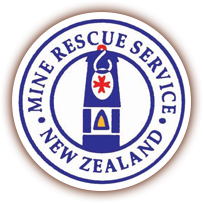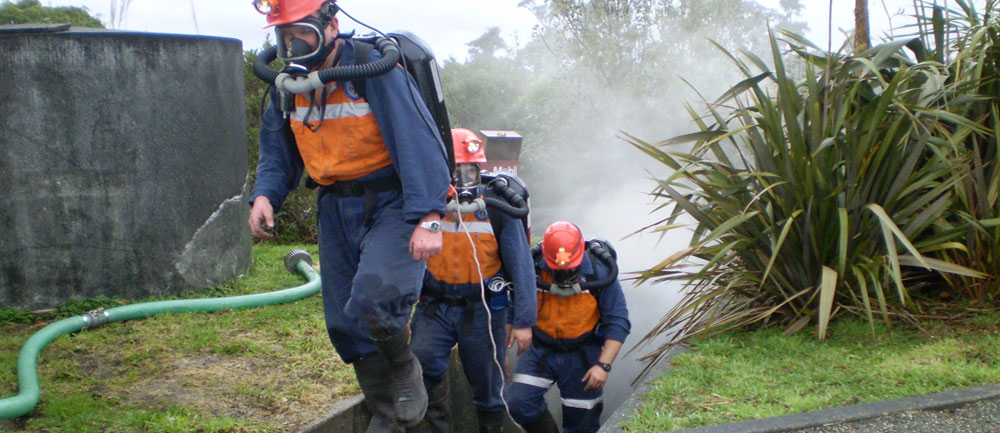History of the New Zealand Mines Rescue Service
The New Zealand Mines Rescue Service was established as a recommendation from the Royal Commission of Inquiry into the 1926 Dobson Mine Disaster in which nine men lost their lives in an explosion. The first Mines Rescue station was opened in Dobson (Grey Coalfield) in 1930 and Mines Rescue Stations soon followed in Granity (Buller Coalfield), Huntly (Waikato Coalfield) and Ohai (Southland Coalfield).
In 1993 the New Zealand Mines Rescue Service was given its own legislation by way of the Mines Rescue Trust Act which prescribed funding by the mining industry through levies.
In 2012 the Royal Commission of Inquiry on the Pike River Mine Tragedy which occurred in 2010 recommended that “The activities of the New Zealand Mines Rescue Service need to be supported by legislation”. Subsequently, the Mines Rescue legislation was reviewed which led to the Mines Rescue Act 2013.
Under the 2013 Act the scope of the New Zealand Mines Rescue Service was expanded from underground and opencast coal mines to include underground metalliferous mines and tunnels under construction. The Act is supported by the Mines Rescue (levy) Regulations 2014 which prescribes the formula for levies from the various extractive sectors that provides the necessary funding for the organisation.
From the late 1990’s New Zealand Mines Rescue Service commenced on the pathway of becoming a very proactive organisation which led to the organisation providing a broad range of training and specialist services within the mining sector. This part of the organisation has grown significantly over the ensuing years and in 2011 NZMRS achieved accreditation as a Private Training Establishment registered with the New Zealand Qualifications Authority.
In 2005 New Zealand Mines Rescue Service became a member of the International Mines Rescue Body and has actively participated in the bi-annual conferences.

